Japanese Folk Tales and Their Characteristic Kimonos in Kyoto
- Introduction: Kyoto – The Living Stage of Japanese Tradition
- 1. The Connection Between Folk Tales and Kimonos in Kyoto
- 2. Kyoto’s Most Famous Folk Tales and Their Kimonos
- 3. Seasonal Kimono Traditions in Kyoto
Introduction: Kyoto – The Living Stage of Japanese Tradition
Kyoto is more than a city; it’s a living museum of Japanese history, art, and tradition. Once the imperial capital for over a thousand years, it holds the soul of Japan in its shrines, wooden streets, and seasonal festivals. But beyond temples and gardens, Kyoto is also the keeper of Japan’s rich folk tales and distinctive kimonos—symbols that carry centuries of cultural memory.
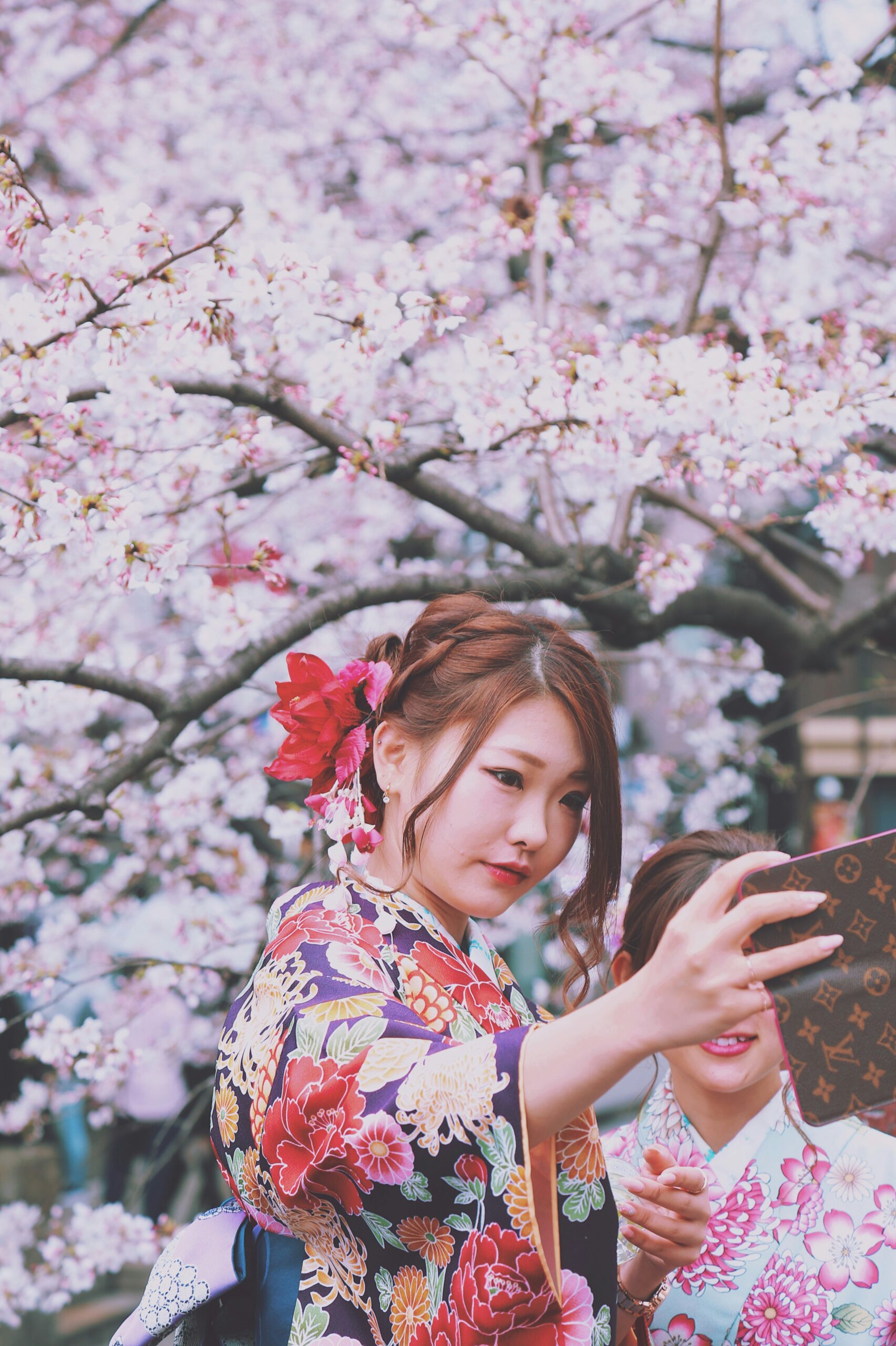
A woman in traditional kimono walks through Kyoto’s historic Gion district, where centuries of Japanese culture come alive
In this article, we will explore the most captivating Japanese folk tales rooted in Kyoto, the characteristic kimonos worn by their legendary figures, and how you can experience this heritage firsthand. Whether you’re a traveler, a culture lover, or a photography enthusiast, you’ll find yourself falling in love with Kyoto’s timeless magic.
1. The Connection Between Folk Tales and Kimonos in Kyoto
In Japan, clothing has always been more than fashion—it’s a storyteller. The kimono, with its patterns, fabrics, and colors, reflects the wearer’s identity, season, and sometimes even a story from ancient myths.
In Kyoto, this connection is even stronger. Many local legends and folk tales describe heroes, spirits, and historical figures dressed in symbolic garments. The kimono acts as a visual bridge between the past and present, making the stories come alive for modern audiences.
2. Kyoto’s Most Famous Folk Tales and Their Kimonos
2.1 The Tale of the Willow Maiden (Yanagi Onna)
One of Kyoto’s most touching legends is about a beautiful spirit who lived inside an ancient willow tree near the Kyōmizu Temple. She appeared wearing a flowing pale green kimono decorated with leaf motifs, representing her bond with nature.
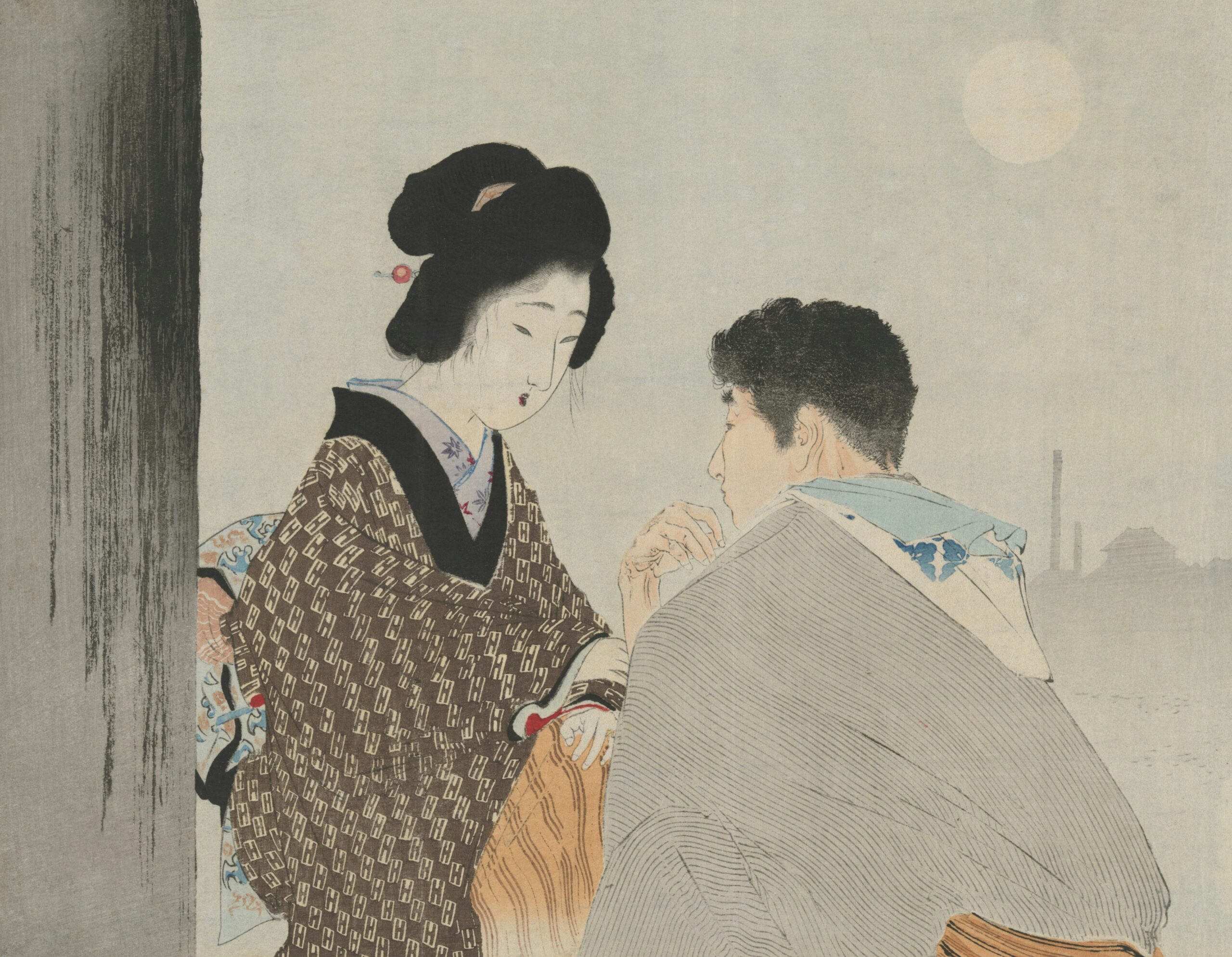
Artistic representation of Yanagi Onna, the Willow Maiden spirit from Kyoto folklore, known for her ethereal green kimono
Kimono characteristics in the story:
- Color: Light green or jade
- Pattern: Willow leaves, flowing water motifs
- Fabric: Light silk, representing the ethereal nature of the spirit
This type of kimono is still worn in Kyoto during spring festivals to symbolize renewal and the life force of nature.
2.2 The Legend of Benkei and the Bridge Duel
The warrior monk Benkei is a central figure in Kyoto’s medieval lore. His famous duel with Minamoto no Yoshitsune took place on Gojo Bridge. While not a traditional kimono wearer—Benkei’s attire was closer to samurai battle garments—the tale has inspired countless samurai-style kimonos in theater and photography.
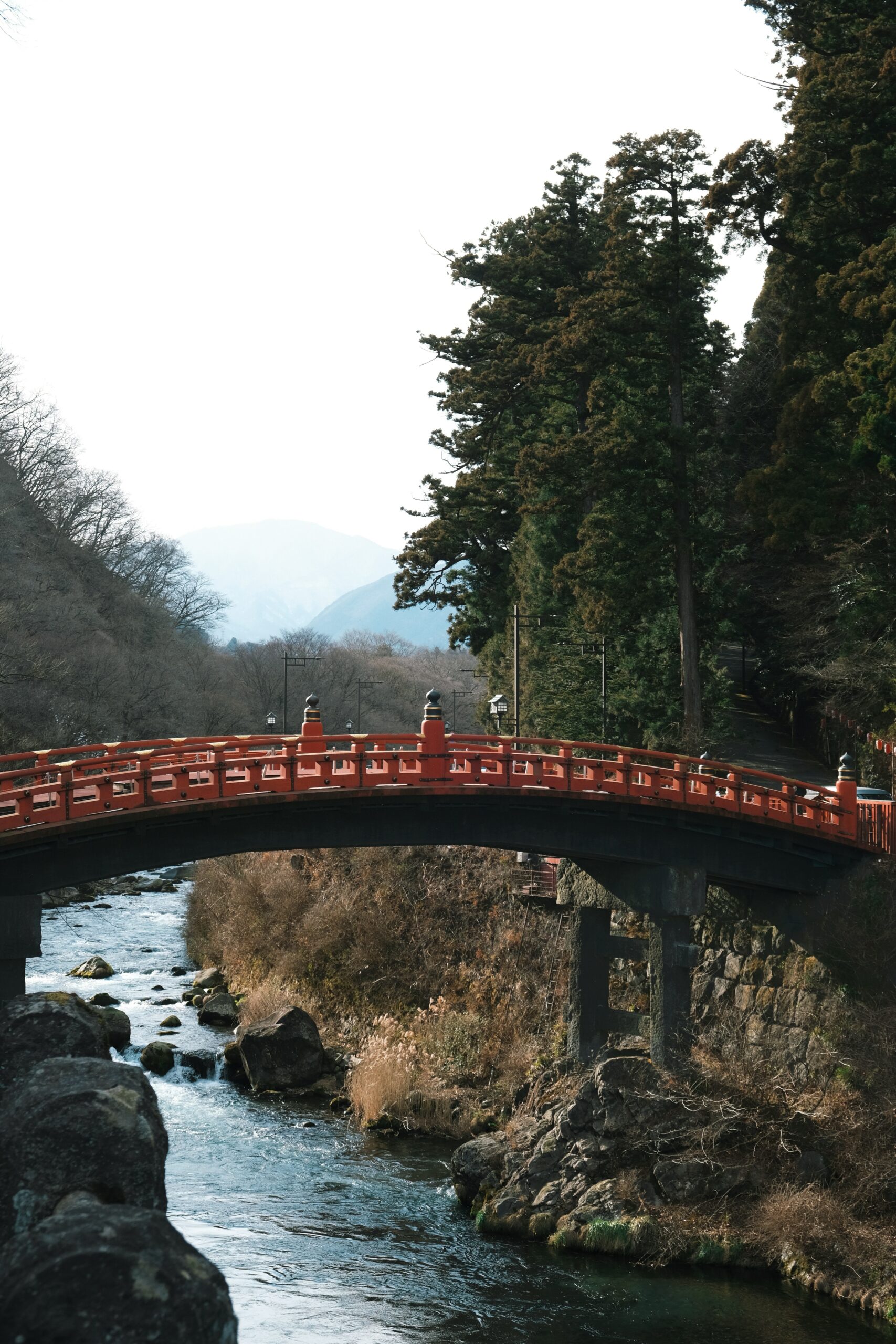
Legendary warrior monk Benkei, whose tale of the Gojo Bridge duel inspired samurai-style kimono designs in Kyoto
Kimono characteristics in the story:
- Color: Deep indigo or black
- Pattern: Minimal, with family crests (mon)
- Fabric: Heavy cotton or thick silk for a warrior’s presence
2.3 The Fox Spirits of Fushimi Inari
Kyoto’s Fushimi Inari Shrine is famous for its thousand red torii gates, but it’s also home to countless tales about kitsune (fox spirits). These magical beings often disguise themselves as beautiful women in elegant red and gold kimonos, tricking or aiding humans.
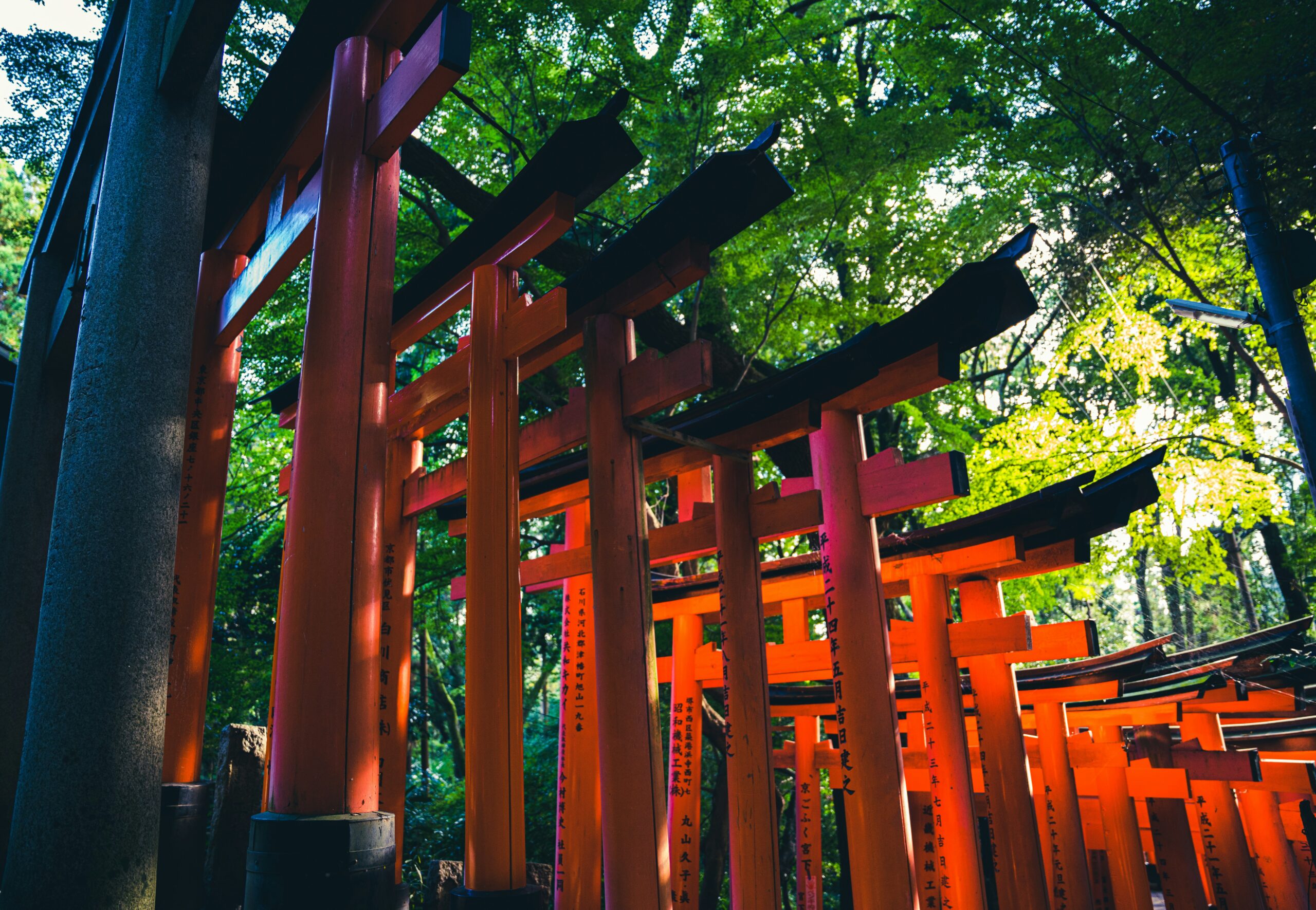
Kitsune fox spirit statue at Fushimi Inari Shrine, where legends tell of magical beings appearing in crimson and gold kimonos
Kimono characteristics in the story:
- Color: Crimson red with gold embroidery
- Pattern: Fox masks, flames, and rice sheaves (symbol of Inari deity)
- Fabric: Lustrous silk for a mystical aura
2.4 The Ghost of Okiku
While the famous Okiku well story is often linked to Himeji, Kyoto has its own versions of tragic ghost tales where women appear in white mourning kimonos—symbolizing purity, loss, and the supernatural.
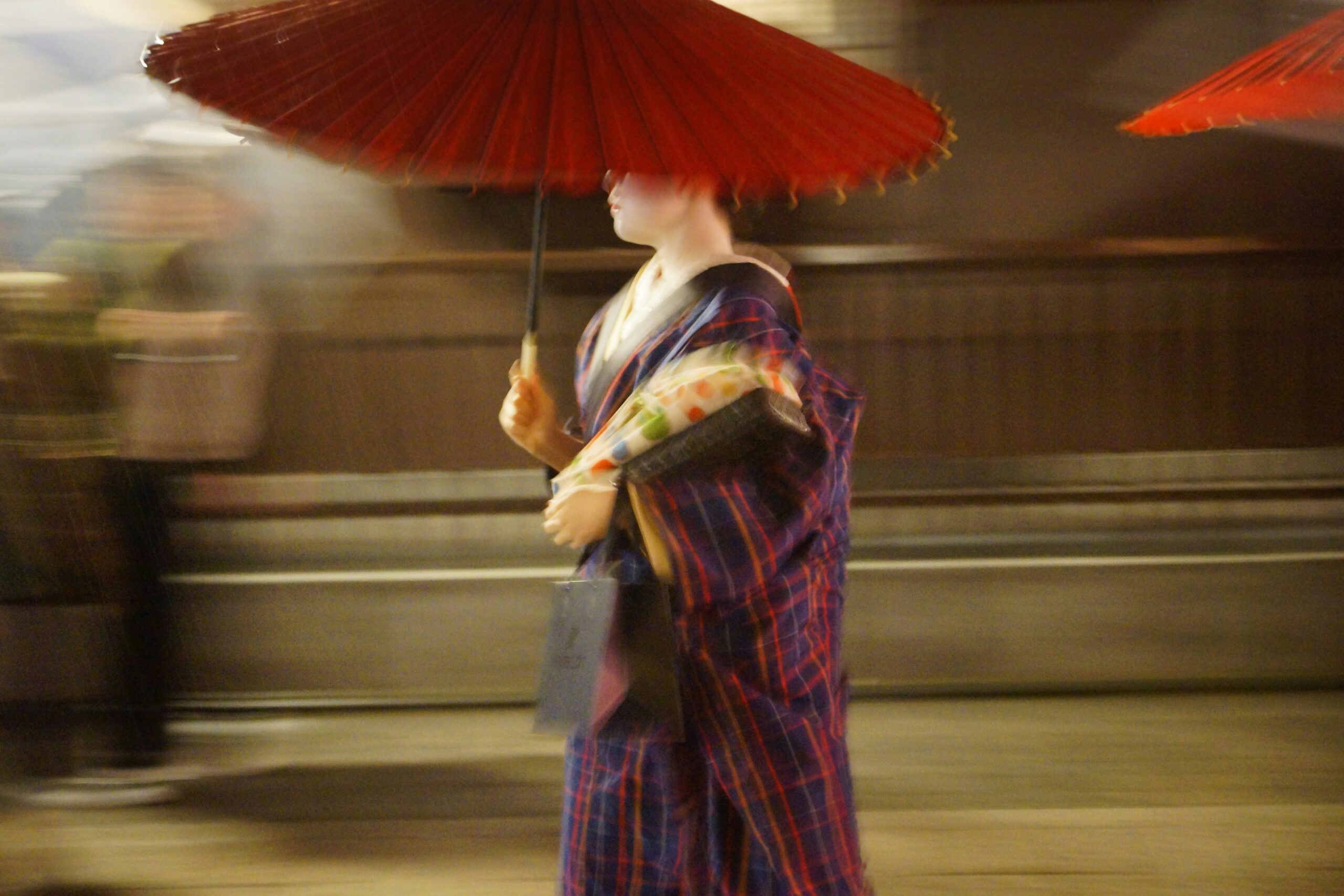
Traditional depiction of a yurei (ghost) in white mourning kimono, representing the supernatural tales of Kyoto
Kimono characteristics in the story:
- Color: Pure white
- Pattern: None (simplicity denotes the afterlife)
- Fabric: Smooth silk or cotton
3. Seasonal Kimono Traditions in Kyoto
Kyoto’s kimonos aren’t just tied to folk tales—they also reflect the seasons:
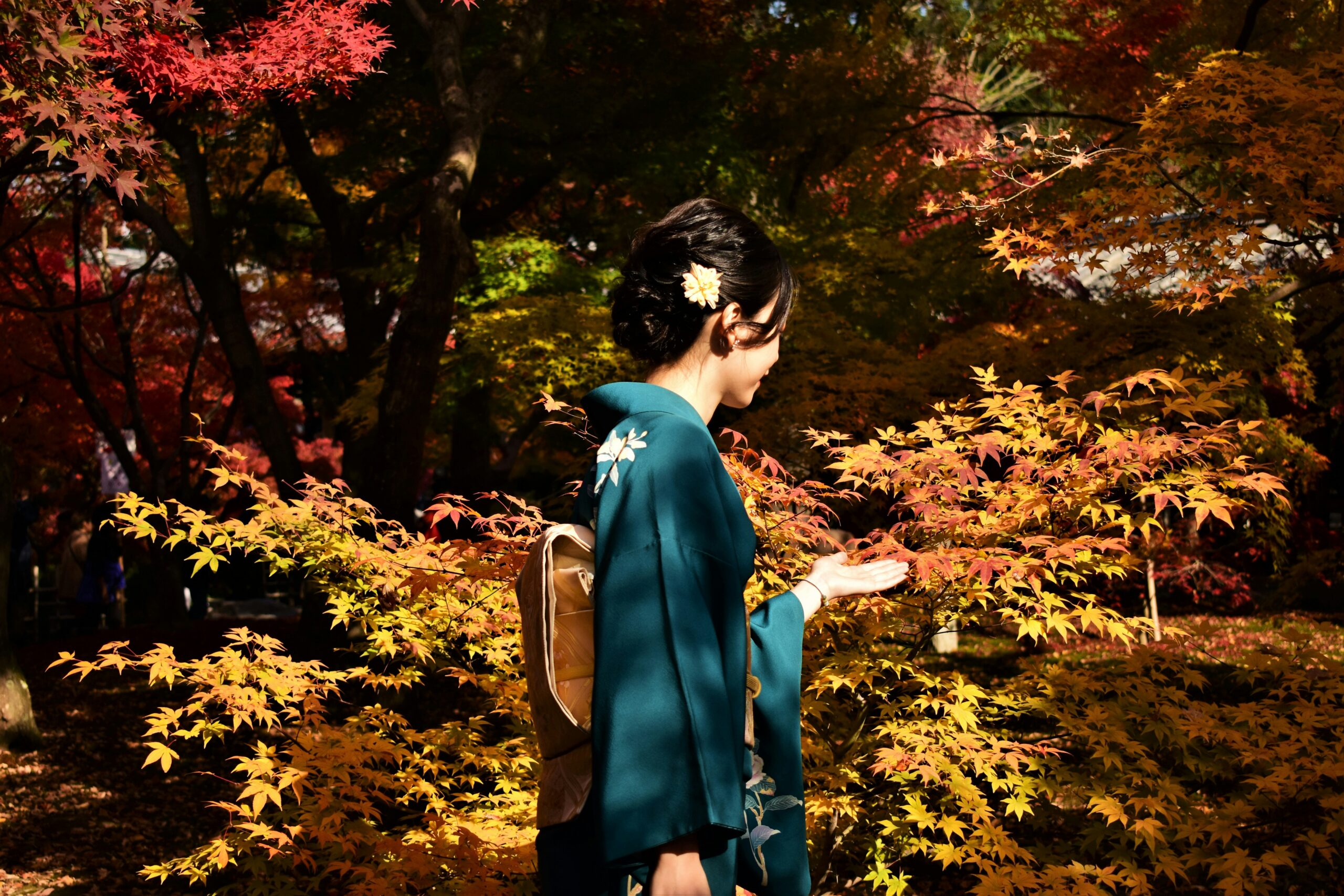
Seasonal kimono patterns from Kyoto showcasing the traditional connection between clothing and nature’s cycles
Spring
Pastel colors with cherry blossom motifs (sakura)
Summer
Light fabrics (yukata) with water and fireworks patterns
Autumn
Rich reds and golds with maple leaf (momiji) designs
Winter
Dark, elegant tones with snowflake or pine motifs
This seasonal rotation keeps Kyoto’s streets visually alive and creates endless opportunities for photography sessions in historically inspired outfits.
4. Where to See and Wear These Kimonos in Kyoto
If you want to experience the magic of folk tales through kimonos, Kyoto offers many options:
- Gion District: Spot geiko and maiko wearing traditional story-inspired kimonos.
- Kyoto Imperial Palace: Seasonal events showcasing historical attire.
- Kimono rental studios: Such as AllPhoto Kyoto, where you can rent and be photographed in authentic designs that echo the legends.
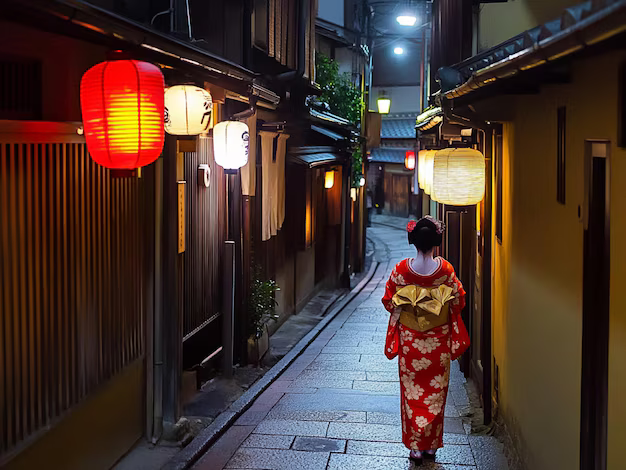
Professional kimono photography at Kyoto Imperial Palace, where historical attire meets timeless architecture
Tip: Book a kimono photoshoot in historic areas to bring the folk tale atmosphere to life.
5. How to Capture the Essence of Kyoto’s Folk Tales in Photography
To turn these stories into powerful images:
Choose the right kimono — Match colors and motifs with the story you want to represent.
Pick the perfect location — Shrines, bridges, or seasonal gardens.
Mind the lighting — Golden hour in Kyoto offers magical tones.
Incorporate props — Fans, umbrellas, or symbolic objects from the tales.
Work with a professional photographer — AllPhoto Kyoto specializes in authentic, story-rich kimono portraits.
6. The Modern Revival of Traditional Kimonos in Kyoto
In recent years, there’s been a revival of folk tale-inspired kimonos, not just for tourists but for locals who want to reconnect with their heritage. Young designers blend traditional patterns with modern cuts, ensuring these garments remain relevant while respecting their history.
Kyoto is also home to artisan workshops where you can see kimono-making techniques passed down for generations, from hand-dyeing to intricate embroidery.
7. Why Kyoto, Not Tokyo, Holds the True Spirit of Kimono Culture
While Tokyo is Japan’s modern capital, Kyoto preserves the original spirit of kimono culture. Here, kimonos are not just costumes for special events—they are a living tradition, deeply tied to stories, seasons, and spirituality.
Every corner of Kyoto feels like a stage where these legends still play out, and wearing a kimono here means stepping directly into Japan’s historical narrative.
Conclusion: Live the Story, Wear the Legend
Kyoto’s folk tales and kimonos are not just remnants of the past—they are vibrant parts of Japan’s living culture. From the ethereal Willow Maiden to the bold warriors of Gojo Bridge, each legend carries a visual language through its kimono designs.
By wearing one in Kyoto, especially with the help of professionals like AllPhoto Kyoto, you don’t just dress up—you become part of a centuries-old story that continues to enchant the world.


コメント